There is no end in sight for this civil war to be over, yet it speaks nothing of refugees ever to return to a war torn country where there is no country left in which to return. This is now a generational condition. The next question is when does it end for the United States, for Europe and for Syrians?
PEARSALL, Texas (AP) – To reach the U.S. and claim asylum, all Maissoun Hanaa Halawi had to do was cross a continent by foot.
Her one choice: Traverse the remote, roadless, impenetrable Darien Gap, a 10,000-square-mile tropical forest and swampland along the border of Colombia and Panama that separates the two continents.
Halawi, her husband and a group of about 20 Indian, Middle Eastern and other asylum seekers faced a harsh reality. Not only do jaguars, scorpions, poisonous frogs and insects lie crouched in the shadows, paramilitary groups, traffickers and guerillas hide under the thick canopy’s shelter in this dangerous jungle.
“In the jungle, the fear – you can’t imagine it,” Halawi, a Syrian, told the Houston Chronicle (http://bit.ly/29iZfj3 ) in her accented but fluent English. “You don’t want anything except to get out. There’s no food. It’s a savage, wild jungle. We took our chances.”
She and her husband, a Syrian surgeon, knew the risks. But as refugees fleeing a war-torn country infiltrated by violent militant groups, the six-day journey wasn’t a choice. Halawi, her husband and the other desperate men and women paid the smuggler $500 a head. Before they set off into the Darien Gap, he gave them a final warning.
“Every time I’ve made this trip, I must lose one person,” Halawi remembered him saying as she wiped back tears.
There was no going back.
“Through these doors enter the finest ICE, DHS & GEO staff in the nation.”
Those words are posted at the entrance of the South Texas Detention Complex in Pearsall, just 60 miles southwest of San Antonio. The complex is owned by The GEO Group Inc. under contract by the U.S. Immigration and Customs Enforcement and the Department of Homeland Security.
Behind the barbed wire fence and through security checks at the entrance is a sprawling 238,000-square-foot complex that houses up to 1,904 men and women. Some are awaiting deportation. Others are stuck in limbo, counting the days for their asylum cases to be processed by ICE agents and the courts.
That’s where Halawi has been detained since Dec.??22, almost six months after turning herself over to border patrol agents at an international pedestrian bridge in Eagle Pass, two hours south of Pearsall. She was taken into custody alone.
The average length of stay in the Pearsall detention facility is, at most, 65 days, according to ICE.
A detention officer unlocks a heavy metal door. A slight woman with short brown hair and bright eyes enters the white cinder block room. Though she wears a hopeful smile, her face is creased with anxiety. A 46-year-old Halawi takes a seat at the metal table, yellow legal pad papers in one hand and a thick, brown accordion folder in the other.
“When the revolution started, I was first happy because I thought we would finally change the government that was ruling the country,” Halawi said of the Syrian government headed by President Bashar Al-Assad. “I didn’t know it would end in a sea of blood. Even today, I can’t believe what’s happened in Syria.”
An immigration judge will have the last word on whether to grant asylum or hand down a deportation order, and Halawi said she can’t face the thought of returning to Syria.
“I came here asking for help,” Halawi said. “I’m not a criminal.”
In a post-Paris attack world, European and U.S. governments are wary of refugees flowing from areas where the self-proclaimed Islamic State of Iraq and Syria, also known as ISIS, is active. U.S. governors of 31 states released public statements to the White House in November refusing to accept refugees, including Gov. Greg Abbott, who has been vocal about refugee vetting protocols and has publicly said that any incoming Syrians “could be connected to terrorism.”
Even with Abbott’s refusal of Syrian refugees, 152 were resettled in Texas between October and May????31 of the 1,865 Syrian refugees across the country, according to the U.S. Office of Refugee Resettlement. Between October 2014 and Sept. 30, 185 Syrian refugees were resettled in Texas.
Since the U.S. requires refugees to be outside of the states when filing a claim, Halawi is considered an asylum seeker. She is one of more than 1,000 Syrian nationals who have attempted to claim asylum since 2011, according to the U.S. Department of Justice. Only 248 of those cases were granted asylum by the end of the 2015 fiscal year.
Asylum seekers must prove they have a “credible fear” to be granted asylum, which includes a “significant possibility” of torture or a “well-founded” fear of persecution based on race, religion, nationality, political opinion or membership in a social group if returned to their country of origin.
“There are no words to describe the pain and fear we were living under. We hoped we would change the government, but then (ISIS) came into Aleppo, and there was no food or water,” Halawi said, recounting the years in an increasingly hostile Syria.
Halawi is also a Druze, which is an ethnic and a religious minority in Syria.
As the conflict in Syria has spread, Druze civilians have increasingly been under fire by radical militants. At least 20 were fatally shot by the al-Qaida affiliate Nusra Front in Idlib province in June 2015.
The casualties of the Syrian war are high. An estimated 400,000 Syrians were killed, according to the U.N. special envoy to Syria, Staffan de Mistura. In addition, 4.8 million Syrians were registered as refugees in the Middle East and North Africa, and more than 1 million have sought asylum in Europe, according to the United Nations High Commissioner for Refugees.
After fleeing violence and bombardment in Aleppo, Syria, Halawi and her husband moved to Libya in late 2013. The plan was to put Halawi on a boat across the Mediterranean to Europe, and her husband would fly to Europe and meet her on the other side, since he had a German passport.
They called it “the boat to death.” Since the start of 2016, at least 2,510 refugees and migrants drowned in the Mediterranean, according to the International Organization for Migration. Those who attempt to cross the sea have usually done so on small boats or dinghies packed beyond capacity.
“When I saw the boat, I couldn’t do it. I’m scared of water too much,” Halawi said.
She backed out as she was making arrangements with the smuggler. So the couple lived for a year in Libya, where she taught English at a local school. She said she was later kidnapped from the doors of that school. When she was let go by her assailants, she was treated by Doctors Without Borders. The incident prompted the couple’s decision to leave Libya.
Since Halawi speaks four languages, including Spanish, the couple flew in late 2014 to Ecuador, one of a few countries that don’t require a visa for Syrian citizens. Then, they emigrated to Venezuela and, finally, arrived in Colombia in September. That’s when they attempted to cross the Darien Gap into Panama, where they initially hoped to settle down.
On the second day of her journey in the gap, Halawi was prepared to die. She was terrified, tired and hungry. Her legs were giving out as she struggled to push herself forward through the unrelenting jungle. That morning in September, Halawi asked her husband to carry their belongings. She didn’t want to be left behind, but if she did, at least her husband would have what little was left.
As the smuggler led his 20-person group up the mountain, she focused on pushing herself forward. One moment, her husband was behind her. The next moment, he was gone.
“I heard him shouting behind me,” Halawi said, unable to hold back tears. “He fell on the rocks. I could see from above the blood on the rocks. I think his head was broken.”
He fell to his death from a mountaintop in the Colombian jungle. There was no way to go back for her husband. And he had carried almost all of their belongings.
Halawi was too distraught to go any farther. She pleaded with them to send her back to the mainland because she didn’t have the strength to go on. The smuggler put her on a boat, fearing that she might report the group to authorities in Panama, Halawi said. But she would return to the Darien Gap to make the journey again with another group. After two days, one woman was left behind. On the fifth day, Halawi couldn’t keep up.
“The group wanted to leave me, but the smuggler said he would get me there even if he had to carry me. He could have raped me and killed me, but he didn’t, and thank God, I reached Panama,” Halawi said in a declaration that was compiled by attorneys in support of her parole.
After Panamanian authorities detained and interrogated her, she filed for asylum there but discovered that refugees are ineligible for work permits.
“How could I eat if I could not work?” Halawi said.
Knowing that she’d be dependent on the government and unable to care for herself, she decided to keeping going north.
She crossed through Costa Rica, Nicaragua, Honduras, Guatemala and Mexico, mostly by bus. While in Honduras, she was detained in November for illegally entering the country, according to several news reports. Her journey from Colombia to Texas spanned about three months. Halawi applied for asylum in Mexico, Ecuador and Panama before finally making it to the U.S.
Though Halawi is far from the daily bombardment and violence in Syria, she thought that if she reached America, the war would be behind her. She couldn’t predict the intense political climate and debate surrounding Syrian refugees in the U.S and abroad.
Halawi was denied parole twice by ICE officials, once on Feb. 17 and finally on May 18. Both times, she said she was not given a parole interview to discuss the merits of her case. ICE declined to comment on the case “due to privacy concerns.”
“ICE makes civil enforcement determinations on a case-by-case basis with a priority given to serious criminal offenders, recent border entrants and other individuals who meet the threshold set in the following civil immigration enforcement priorities memo issued by DHS Secretary Johnson in November 2014,” ICE said in a statement to the Houston Chronicle.
According to the denial letter she received, Halawi was rejected based on four factors: She did not establish her identity “to the satisfaction of ICE.” She did not establish that she was not a flight risk. She did not establish that she’s not a danger to the community or to U.S. security. And lastly, her case was denied because there were no additional documentation or changes in circumstance that would alter ICE’s initial decision to deny parole.
“We’ve had cases where ICE in their definition someone is a national security risk, whereas in reality, they’re not. We’ve had the same problem with the Central American families for a year-and-a-half,” said Mohammad Abdollahi, the advocacy director at San Antonio-based nonprofit RAICES, Refugee and Immigrant Center for Education and Legal Services, which has taken her case.
Halawi believes ICE is purposely detaining her because of her nationality. ICE declined to comment on agency policies for processing and detaining Syrian nationals.
“If they have something against me, then show it to me,” she said. “I have done nothing wrong, so you don’t have to keep me here.”
Fleeing violence and losing her husband have taken a toll on Halawi. She takes a handful of medications, two of which are used to treat anxiety, depression and, potentially, post-traumatic stress disorder, according to ICE records released by her attorney to the Chronicle.
At the detention facility, Halawi has voluntarily spent the last four months in segregation, which is similar to solitary confinement. She stays in her room 23 hours each day with just one hour to enjoy the sun and fresh air.
In segregation, she’s alone with her thoughts and inner turmoil.
“I’ve started to feel like I’m a burden,” Halawi said. “I can’t get out.”
“There’s been no time to stop and grieve. She hasn’t been given that time in detention,” Abdollahi said.
Her asylum case will be heard in the courtroom of San Antonio immigration judge Meredith Tyrakoski, who was appointed by U.S. Attorney General Loretta Lynch in January.
If Tyrakoski denies Halawi’s asylum claim, she could appeal the decision within 30 days or face deportation. But the Board of Immigration Appeals, the first of three appellate bodies for asylum claims, could take up to a year to render a decision. Without parole, Halawi would remain indefinitely detained while in legal limbo.
“This is my only hope now,” Halawi said.

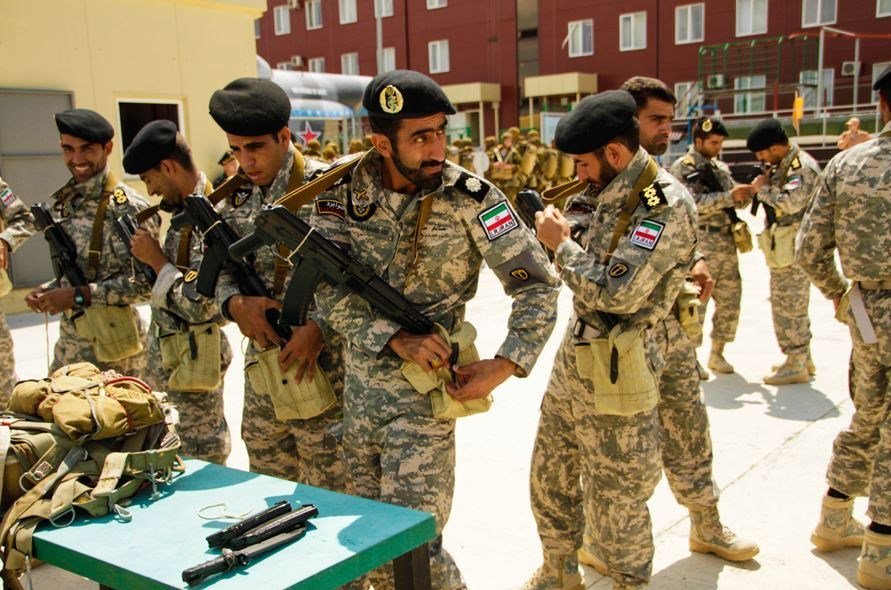
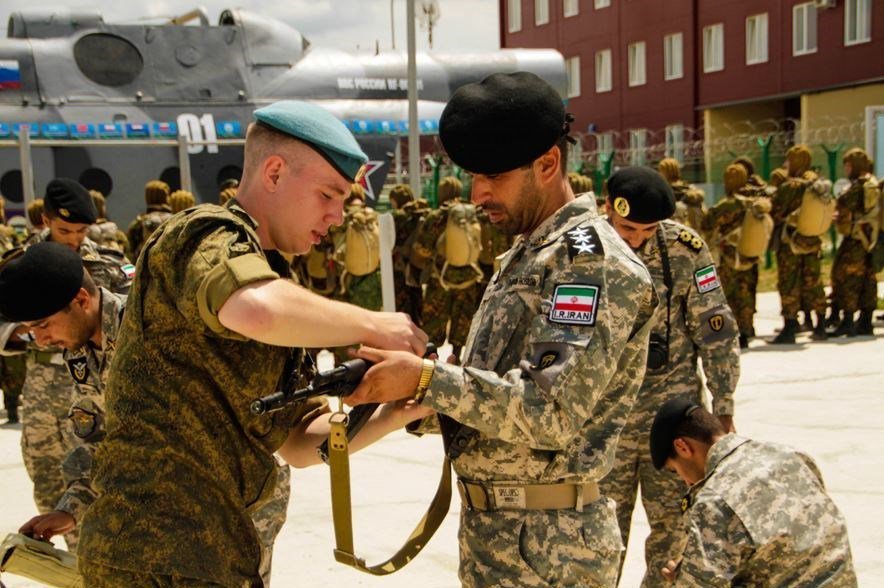

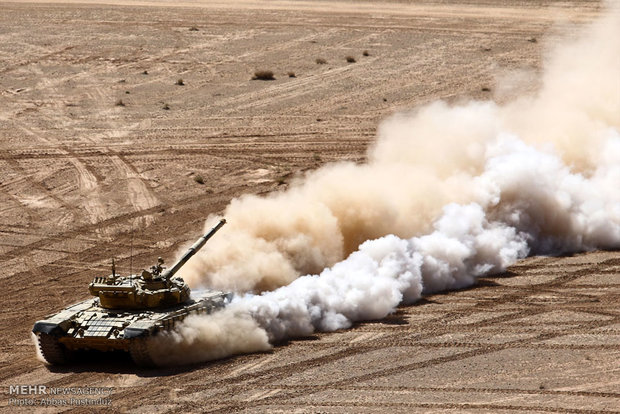







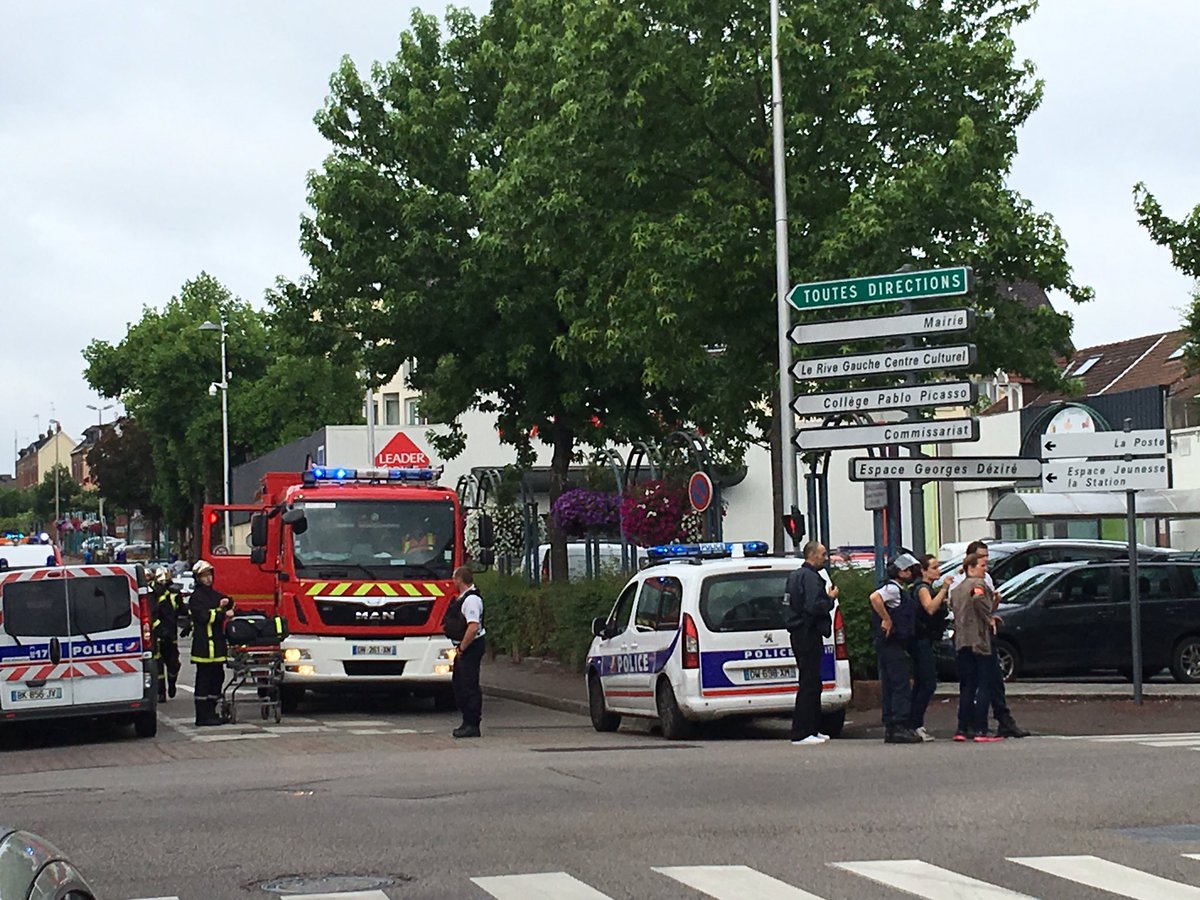
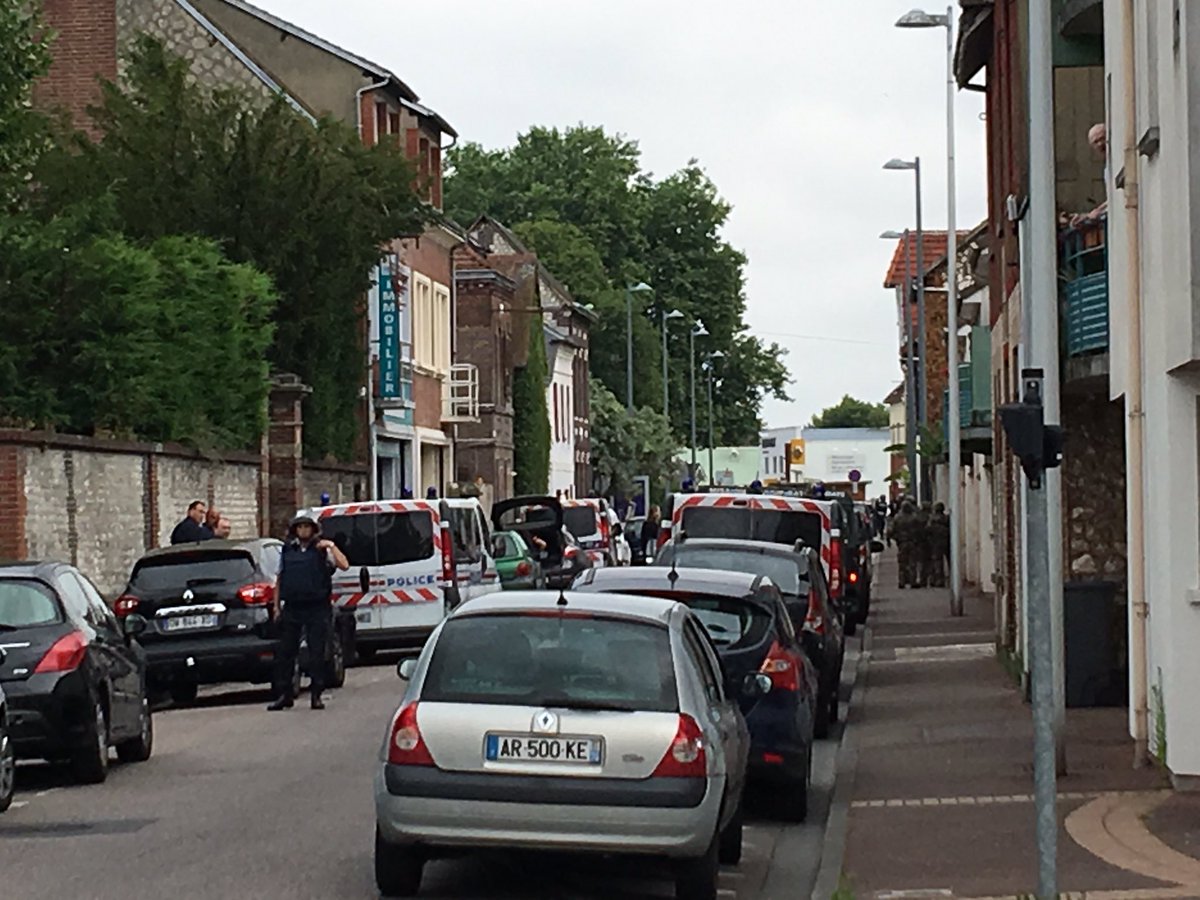
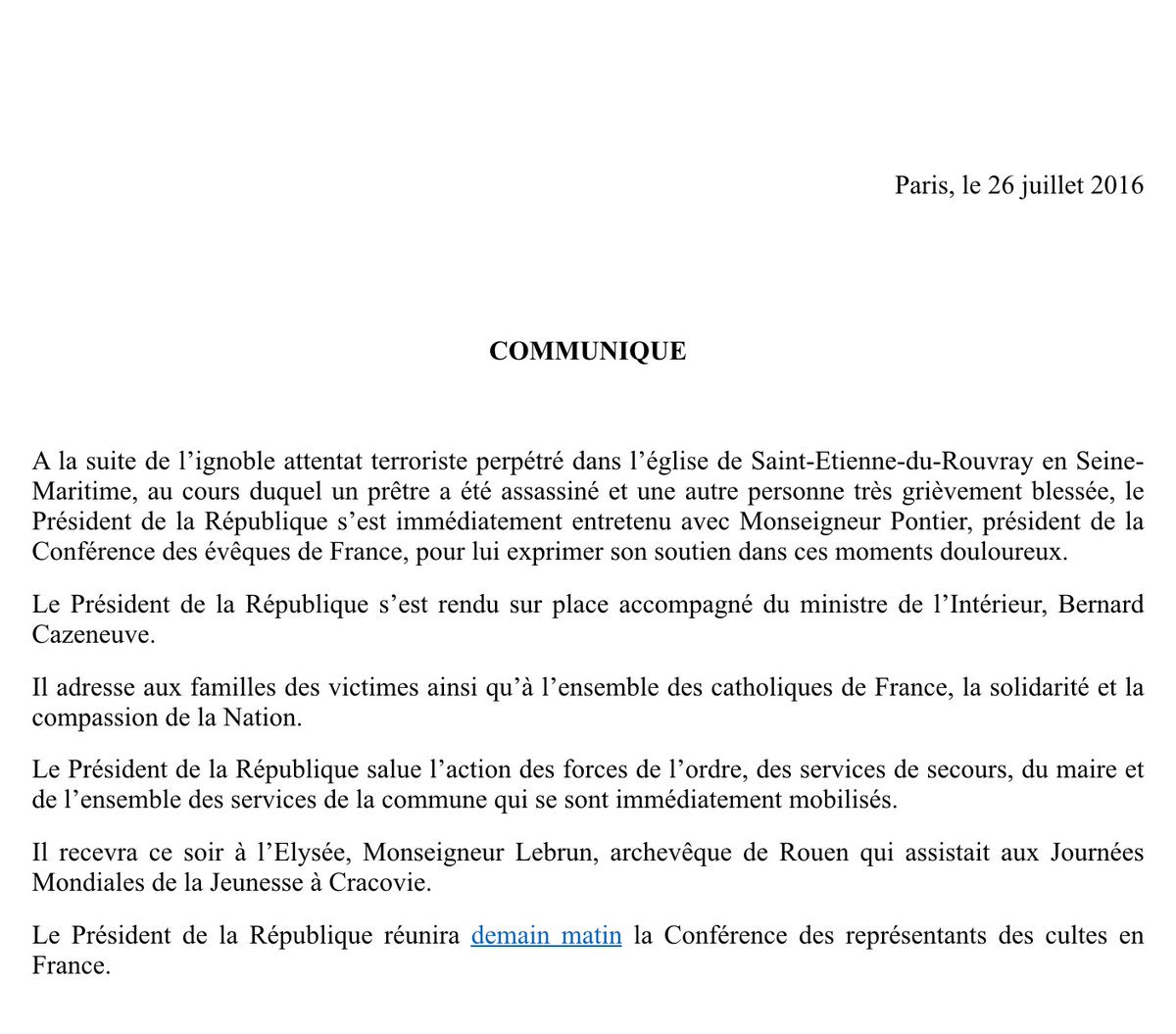 The most recent travel warning issued by the U.S. State Department due to recent terror attacks was for Turkey,
The most recent travel warning issued by the U.S. State Department due to recent terror attacks was for Turkey,